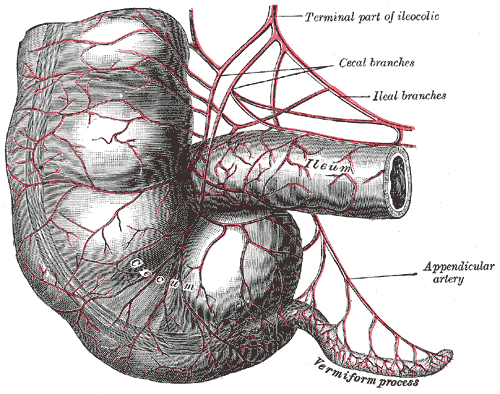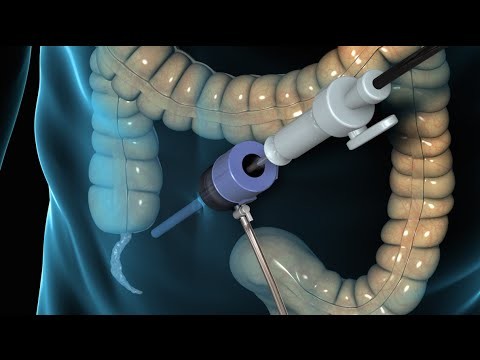
For years it has been thought that the appendix was a useless old thing that remained there, in the corner of the large intestine, as if it were a memory of our remote past. Together with the wisdom teeth and the coccyx, it is part of the select group of evolutionary vestiges of the human body.
But in recent years, interest in its function has increased. Now a group of researchers from Midwestern University has studied how the appendix has evolved in different species of mammals over the last 11 million years. And his conclusions are clear: it has to be useful for something.
That old thing called an appendix

The results are curious because, according to their data, the appendix has evolved between 29 and 41 times and has only disappeared 12 times. As the researchers explain, these data suggest that the appendix has a clear “selective value. ” In other words, it is not just a useless structure, but there is something else.
If the researchers are right and the appendix is still around because “getting rid of” it is evolutionarily too expensive, then many things we thought we knew about this little organ would be wrong. But not all.
If it’s good for something, what is it for?

For many years, people have tried to find out what the appendix’s function could be, and there have been a lot of theories about it. Of all of them, the most widely accepted explanation is that the appendix, an anatomical region relatively separate from the rest of the digestive system, acted as a “backup” for our intestinal bacteria.
The appendix could be a ‘backup’ of our intestinal flora
According to this theory, the appendix would help keep different infections at bay. For example, a 2011 study conducted at Winthrop Hospital in New York found that individuals without an appendix were four times more likely to have Clostridium difficile infections than those with an appendix.
It is precisely this theory that comes to underpin the evolutionary study of the Midwestern team. After reviewing numerous ecological factors, they have concluded that appended species have anatomical adaptations that suggest an important role in the immune system.
No, the stub function was not found

However, we must remember that, no, the true function of the appendix has not been found in the same way that a new organ was not discovered in the human body last week. Lately, we tend to find historical discoveries in every scientific article.
This research is interesting because it gives us a new evolutionary perspective on a fairly unknown organ and supports some of the theories we have used up to now. That is, it tells us that the appendix must be useful for something, that we have to think about it seriously, and that we must keep looking.

Sharlene Meriel is an avid gamer with a knack for technology. He has been writing about the latest technologies for the past 5 years. His contribution in technology journalism has been noteworthy. He is also a day trader with interest in the Forex market.











